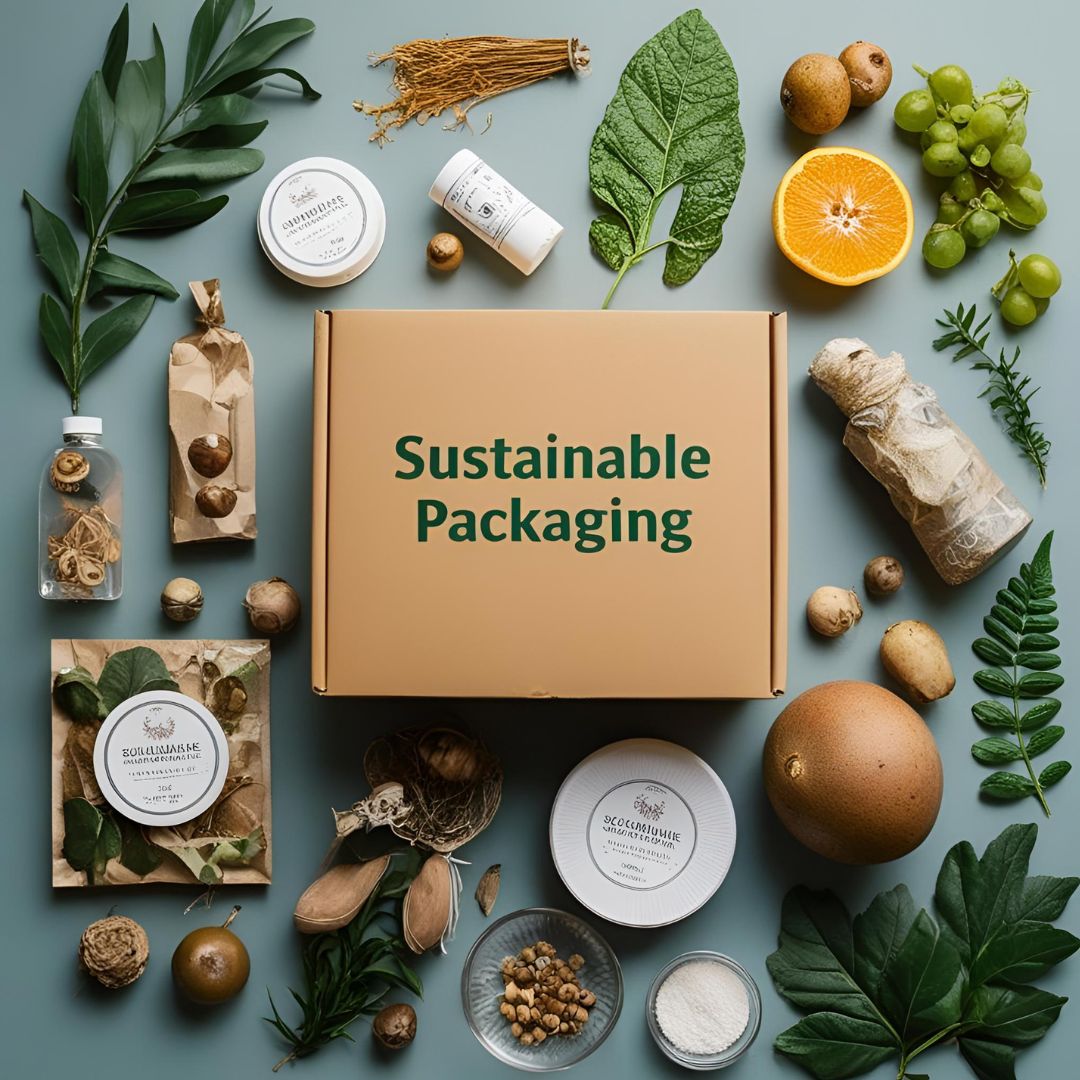Green Wrapping: How Industries Can Cut Waste with Smart Packaging
Introduction
In the modern industrial landscape, packaging plays a crucial role in product protection and branding. However, traditional packaging materials, particularly plastics, contribute significantly to global waste and pollution. Sustainable packaging is the key to minimizing environmental impact while maintaining efficiency and functionality. Industries must embrace innovative, eco-friendly materials and smart packaging solutions to align with sustainability goals and reduce their carbon footprint.
The Need for Sustainable Packaging in Industries
Packaging waste accounts for a large portion of industrial pollution, filling landfills and oceans with non-biodegradable materials. The benefits of transitioning to green packaging solutions include:
✅ Waste Reduction – Minimizing non-recyclable packaging materials. ✅ Lower Carbon Footprint – Using biodegradable and energy-efficient materials. ✅ Regulatory Compliance – Meeting global environmental packaging standards. ✅ Enhanced Brand Reputation – Appealing to eco-conscious consumers. ✅ Cost Savings – Reducing waste disposal costs and increasing material efficiency.
Key Strategies for Smart, Sustainable Packaging
1. Use of Biodegradable & Compostable Materials
- Replacing plastics with materials like cornstarch-based bioplastics, bamboo, and mushroom packaging.
- Compostable alternatives that break down naturally without harming the environment.
2. Lightweight & Minimalist Packaging Design
- Reducing excessive packaging by optimizing material use.
- Designing packaging with multiple functionalities to minimize waste.
3. Recyclable & Reusable Packaging Solutions
- Implementing closed-loop recycling systems to ensure materials are reintroduced into production.
- Encouraging consumers to return packaging for reuse or recycling.
4. Smart & Intelligent Packaging Technologies
- Using QR codes and digital tracking to provide sustainability information.
- Implementing bio-based coatings to replace plastic laminates in food and beverage industries.
5. Eco-Friendly Inks & Labels
- Using soy-based, water-based, or algae-based inks to minimize toxic emissions.
- Reducing the use of non-recyclable adhesives that interfere with material recovery.
Measuring the Impact of Sustainable Packaging
To evaluate the effectiveness of green packaging strategies, industries should track:
- Packaging Waste Reduction (%) – Decrease in single-use packaging.
- Recyclability Rate (%) – The percentage of packaging materials being successfully recycled.
- Carbon Footprint of Packaging – Reduction in emissions from packaging production and disposal.
- Consumer Adoption & Feedback – Engagement with sustainable packaging initiatives.
Future Trends in Sustainable Packaging
🚀 Edible Packaging – Innovations in food packaging that consumers can eat. 🚀 Plant-Based & Fungal Packaging – Using mycelium (mushroom roots) for biodegradable packaging. 🚀 3D-Printed Packaging – Reducing waste with custom, on-demand packaging solutions. 🚀 AI-Powered Supply Chain Optimization – Minimizing packaging waste through smarter logistics.
Conclusion
Sustainable packaging is no longer a choice but a necessity for industries aiming to reduce waste and environmental impact. By adopting green packaging solutions, businesses can not only meet regulatory requirements but also enhance their brand image, cut costs, and contribute to a circular economy.
